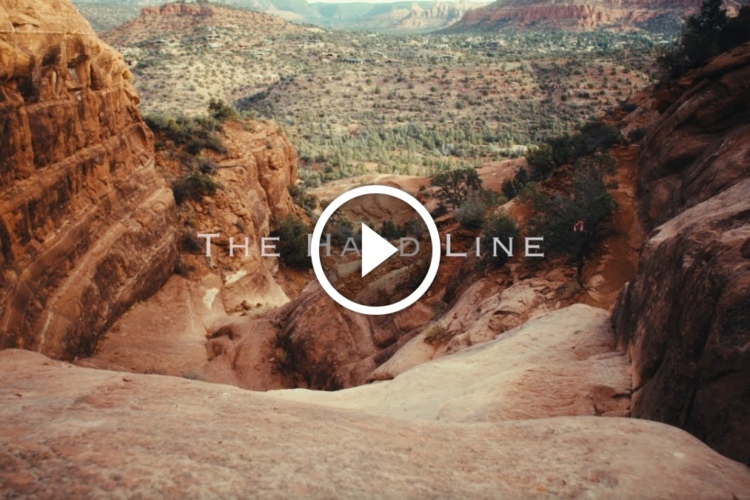
Mountain bikers encounter all kinds of obstacles on the trail, and each one requires a slightly different technique to address. Today I want to share some tips for making it across a stream crossing without taking a bath in the drink.
Momentum Is Your Friend
Honestly I could just end the article with that heading because momentum is really the name of the game when it comes to crossing streams on a bike. Water adds a ton of resistance to the rider’s forward momentum, and the deeper the water, the more quickly it tends to slow us down.
Not only that, the surface beneath the water adds even more resistance. Some streams have sandy bottoms which can suck tires in, while others are hiding smallish rocks that want nothing more than to bring riders to a sudden stop.
In general, it’s a good idea to coast through a stream crossing without pedaling if possible to avoid pedal strikes on unseen obstacles and to keep feet dry. As mountain bikers, we’re usually good about estimating how far we can coast on open trail, but when water is involved we often underestimate the amount of speed we’ll need to make it to the other side. Use the entry bank to add some speed and lay off the brakes, because not only will you want to make it across the creek, you’ll also want some momentum to get up the bank on the opposite side.
Of course, coasting isn’t always possible with longer or rockier crossings; for this, you’ll need to dust off your rock garden skills.

Rocky Stream Crossings
Riding across a rocky stream is just like riding a rock garden… in slow motion. And with water that wants to push you downstream.

One of the first steps to ensuring a successful rocky stream crossing is to survey the rocks below the surface. If a rider has just crossed the creek in front of you, give the water a chance to clear so you can see what you’re dealing with before you jump in. With a clear view of the rocks, choose your line and stick to it, keeping your eyes well ahead of your front wheel. You may need to add a little extra power in the upstream direction to prevent rushing water from washing you off course, but generally not a whole lot.
No matter how skillful a rider you may be, avoid the green rocks! In summer months, algae can form on rocks and it’s slicker than snot. There’s a flat, granite stream traverse on a local trail here in Decatur that seems to be constantly covered in a film of algae, and I’ve seen several excellent riders lose all sideways traction in an instant on this rock. If a stream crossing is well-traveled, the middle of the crossing should be algae-free from tires scraping the rocks, so it’s best to stick to the main line.
Stay Focused on Your Exit
Before even entering a stream crossing, be sure to identify your exit on the opposite bank. By doing this, you’ll have a line to shoot for and you won’t get off track if your bike starts ping-ponging between rocks lurking below the surface. Sand also tends to try to throw riders off course, so keep your eye on the exit to maintain a straight line through the creek.

While dropping into a stream crossing can be pretty simple and fun, getting out can be a challenge, especially with wet tires. As you near the bank, get into attack position and be ready to apply max power as soon as you’ve cleared any obstacles within the stream itself. Shift your weight onto your rear wheel and pull back on the bars slightly for leverage and to get your front wheel tracking at an upward angle. Stream exits often pose some of the steepest–albeit short–climbing sections riders may encounter, so it’s important to be ready with the right gear before you even enter the stream bed.
A final word of caution: never enter a fast flowing stream, especially one that has been swollen due to recent rainfall. A general rule of thumb is to avoid crossing anything deeper than hub-deep while riding your bike. Deeper than that, you’ll usually want to hoist the bike above your head and hold onto something like a rope as you wade across. Also remember that fat bikes and even plus bikes are quite buoyant and therefore have significantly reduced traction, especially when the water is more than a few inches deep.
Your turn: what are your tips for crossing a stream on your mountain bike?




















2 Comments
Mar 15, 2017
Mar 15, 2017